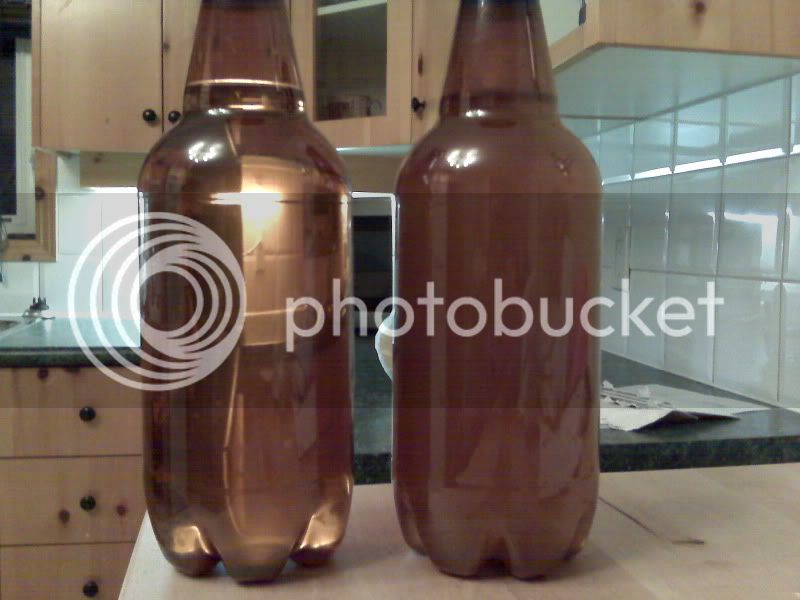So today is day 16 in the bottle. I got home from work this morning and put one in the fridge for tonight. I went to take it out and looked way more cloudy then when I put it in. So I went and grabbed a warm one and yup....the warm one is more clear.
The beer is a Prairie Wheat. So what causes this?

The beer is a Prairie Wheat. So what causes this?



